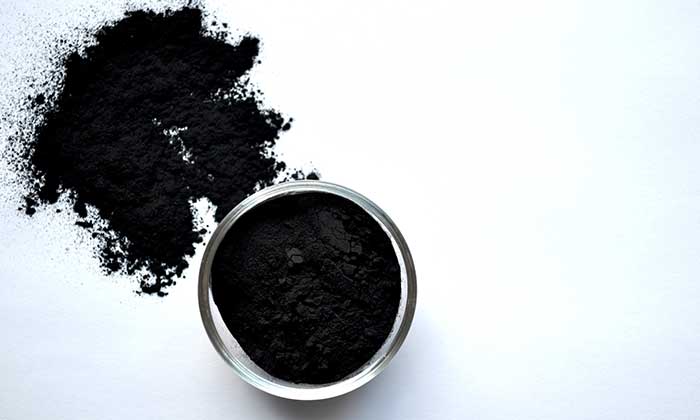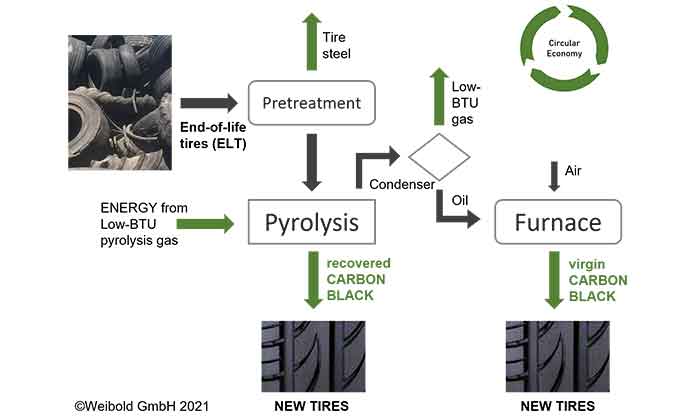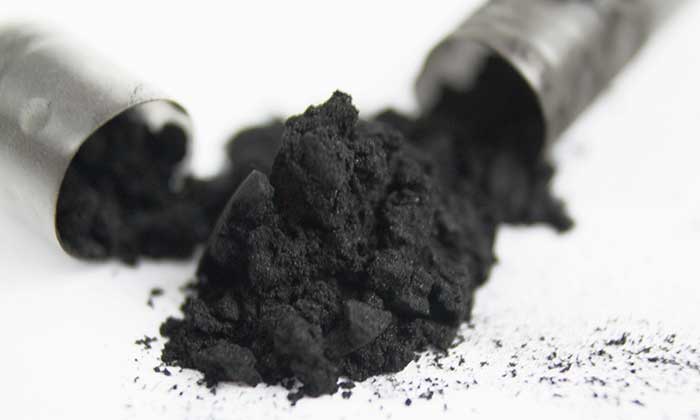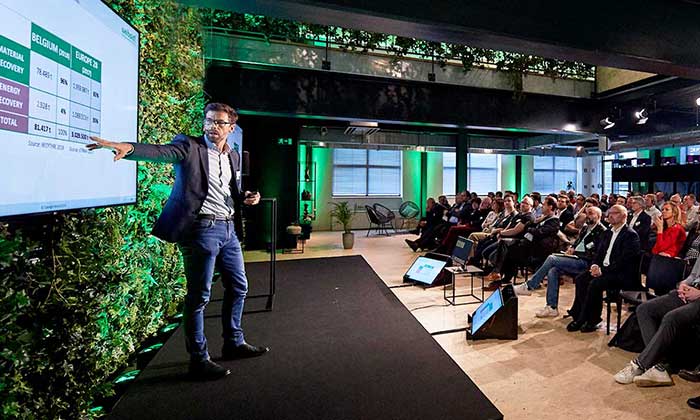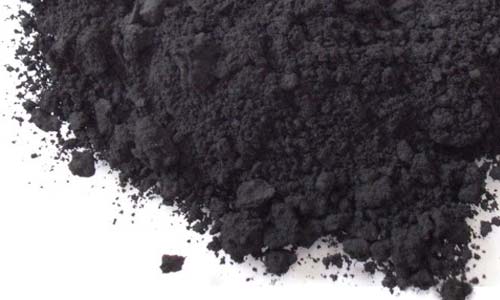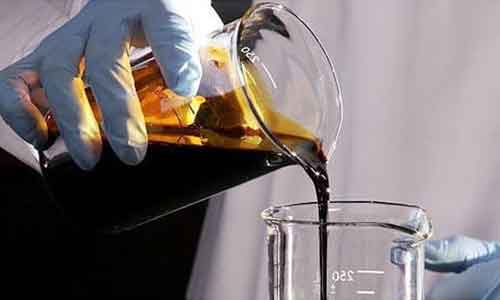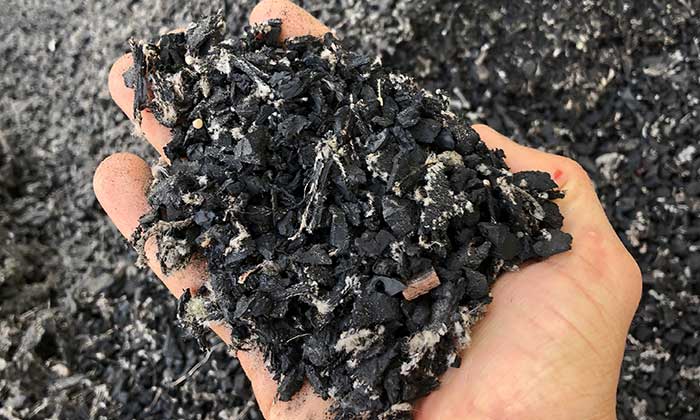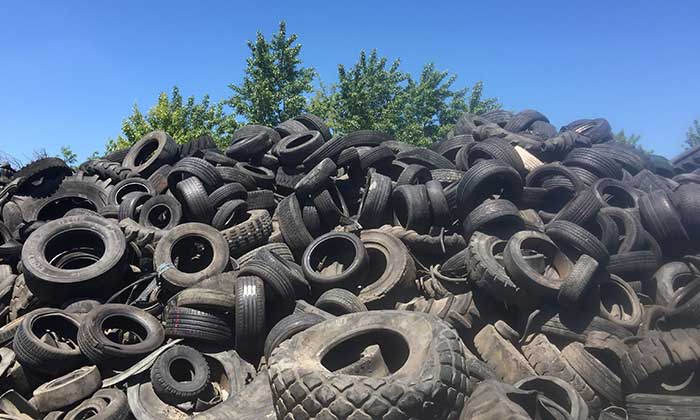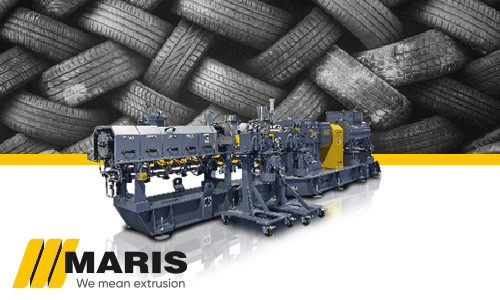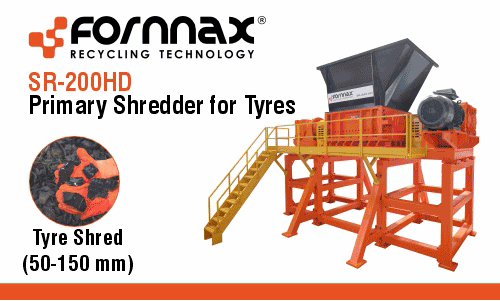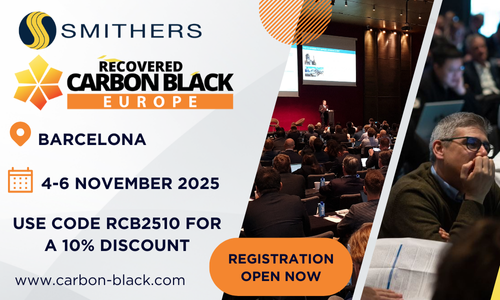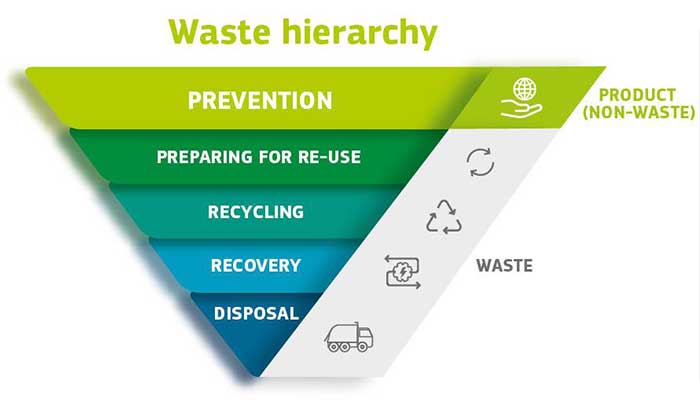
Weibold Academy: Regulatory issues in chemical recycling of end-of-life tires – EU regulation (part II)
Modern chemical tire recycling (pyrolysis) plants produce environmentally friendly chemical raw materials, and thus they support the overarching and specifically specified goals of the EU Green Deal and the UN Sustainable Development Goals. In addition, they can make a significant contribution to reducing GHG emissions in the manufacture of tires.



